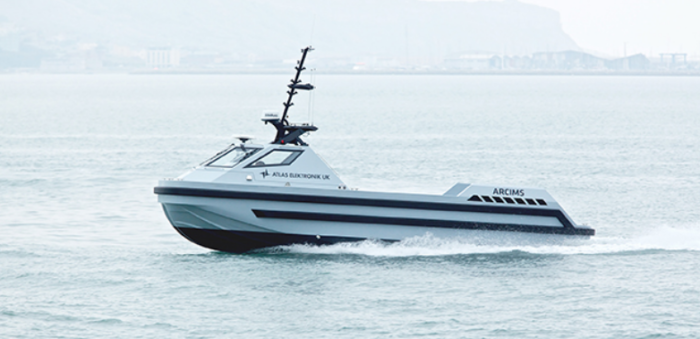Rolls-Royce completed the £1.3 million MAXCMAS (MAchine eXecutable Collision regulations for Marine Autonomous Systems) research project, which showed that the operation of autonomous vessels can meet, if not exceed, current collision avoidance (COLREG) rules.
The research project found that the use of newly developed algorithms allowed existing COLREGs to be applied in a crewless environment, and that Artificial Intelligence-based navigation systems can comply with the rules to avoid collision effectively, even when approaching manned vessels were interpreting the rules differently.
[smlsubform prepend=”GET THE SAFETY4SEA IN YOUR INBOX!” showname=false emailtxt=”” emailholder=”Enter your email address” showsubmit=true submittxt=”Submit” jsthanks=false thankyou=”Thank you for subscribing to our mailing list”]
Very important for the research was the use of WMA’s networked bridge simulators. These immersive simulators, typically used for seafarer training, analysed reactions from the crew when facing real-life situations and sharpen the MAXCMAS algorithms.
During the project, Rolls-Royce used commercial-specification bridge simulator as a testbed for autonomous navigation. This was also used to validate autonomous seafarer-like collision avoidance in real-world scenarios.
Various simulator-based scenarios were also designed, including Atlas Elektronik’s ARCIMS mission manager “Autonomy Engine”, Queen’s University Belfast’s Collision Avoidance algorithms and a Rolls-Royce interface.
During sea trials aboard AEUK’s ARCIMS Unmanned Surface Vessel (USV), collision avoidance was successfully presented in a real environment under true platform motion, sensor performance and environmental conditions.
Ralph Dodds, Innovation & Autonomous Systems Programme Manager, AEUK, mentioned:
The trials showed that an unmanned vessel is capable of making a collision avoidance judgement call even when the give-way vessel isn’t taking appropriate action. What MAXCMAS does is make the collision avoidance regulations applicable to the unmanned ship.
The MAXCMAS project has now finished. The technology and system has been tested both at sea and under numerous scenarios using desktop and bridge simulators, to prove that autonomous navigation can meet existing COLREG requirements.

































































